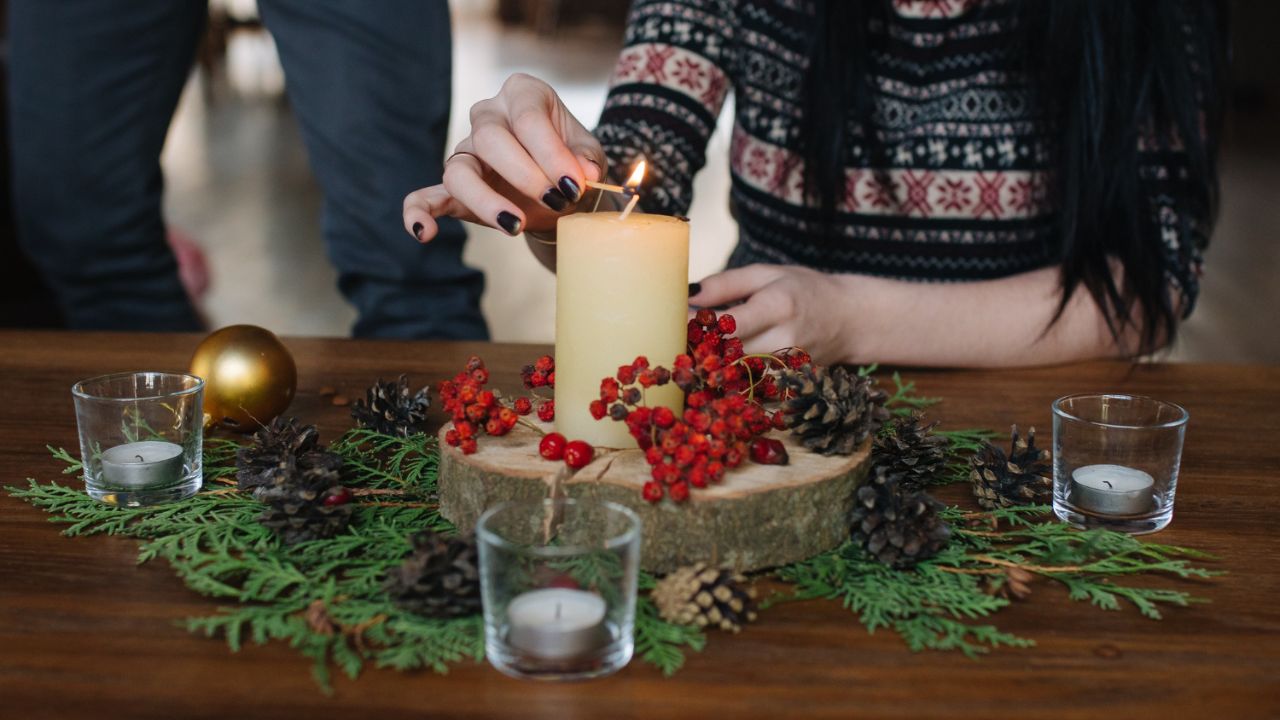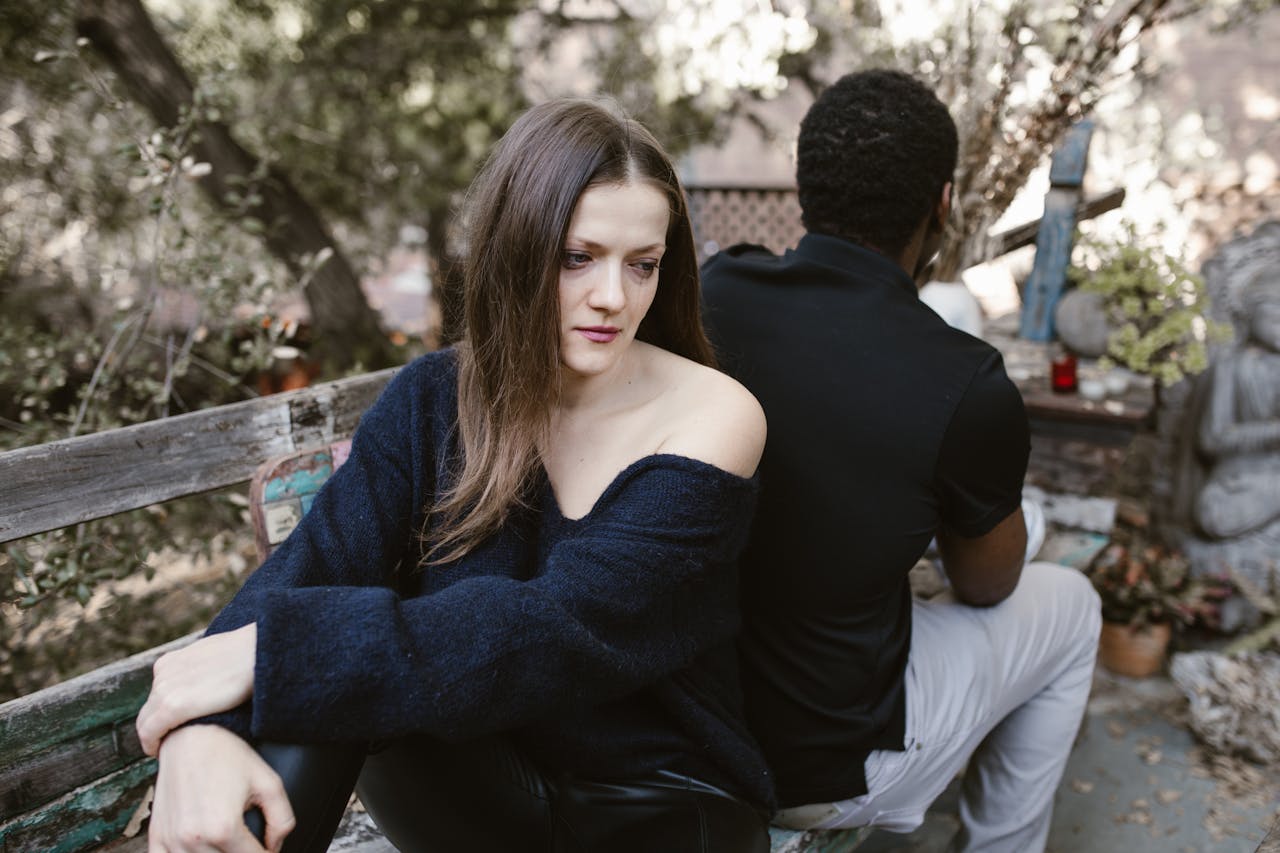Many holiday traditions we enjoy today didn’t start with Christmas at all. Long before Christmas became a major holiday, winter celebrations were already part of many cultures. Ancient pagans in Europe honored the seasons, nature, and gods through rituals that helped shape today’s holiday customs. From decorating trees to singing songs, here are 7 surprising roots of Christmas traditions that come from much older beliefs and practices.
1. Decorating Evergreens Indoors
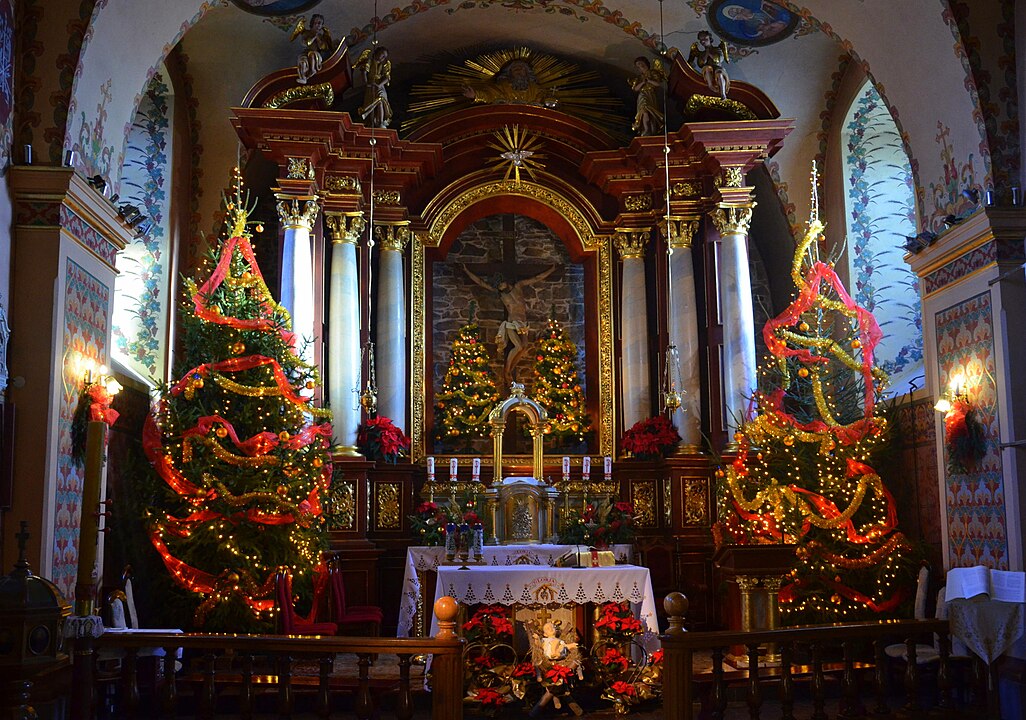
Long before Christmas trees became popular, ancient pagans brought evergreen branches into their homes during winter. This tradition came from the belief that evergreens symbolized life and strength during dark, cold months. In places like Germany, people used fir trees to celebrate the winter solstice. Today, Christmas trees remain one of the most popular parts of the holiday, connecting us to these early winter rituals.
2. Lighting Yule Logs
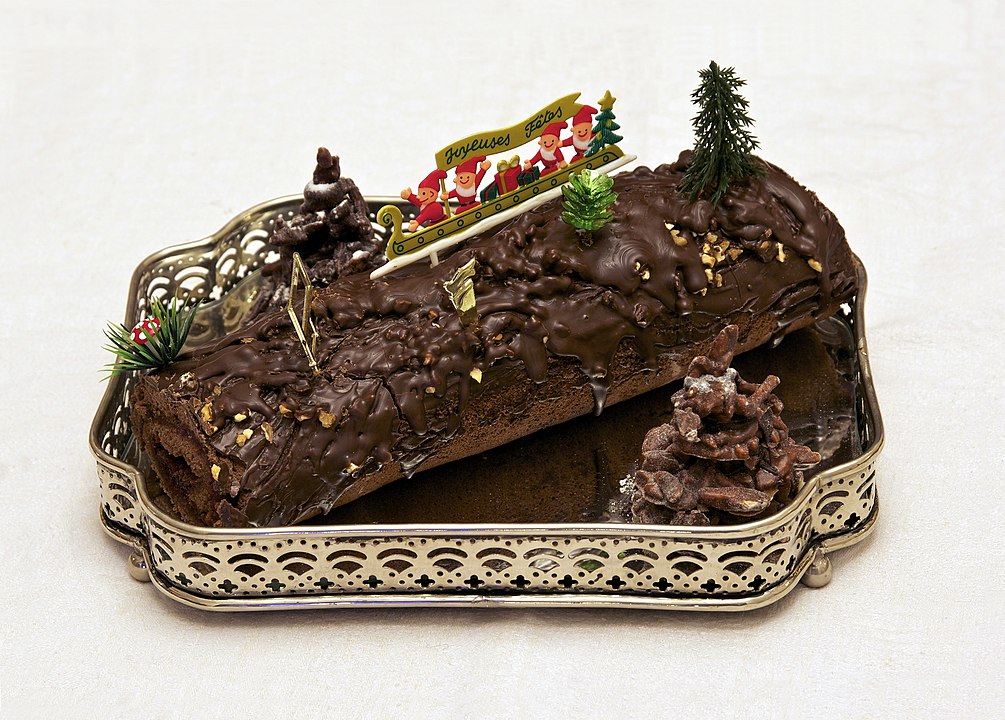
The Yule log was a central part of pagan winter celebrations in Northern Europe. Families would burn a large log on the longest night of the year, the winter solstice. This act was meant to bring light, warmth, and good luck for the new year. Ashes from the log were saved to protect the home. While we no longer burn giant logs indoors, some people still light smaller Yule logs or candles to keep the tradition alive.
3. Singing and Caroling Outdoors
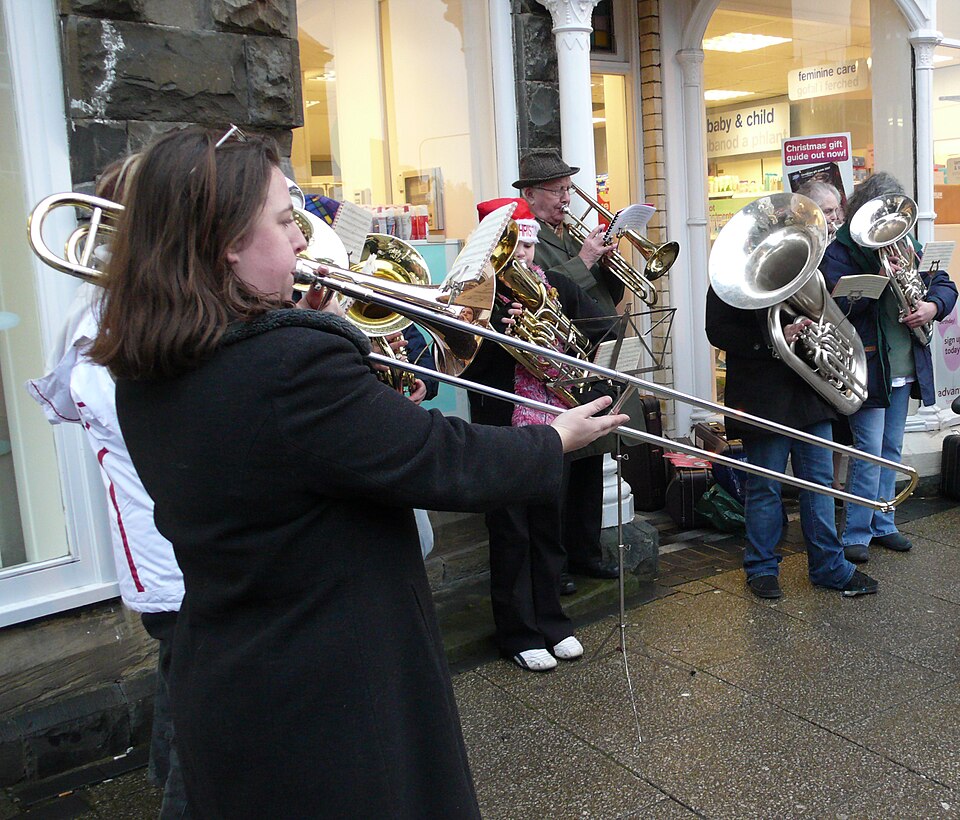
Wassailing was a popular pagan custom where people sang songs outdoors to bless their neighbors or orchards. The word “wassail” means “to be healthy.” Groups would go door to door, singing and sharing drinks. This eventually turned into the caroling we know today. Instead of offering blessings for crops, modern carolers spread cheer and joy, especially during the weeks leading up to Christmas.
4. Hanging Holly and Mistletoe
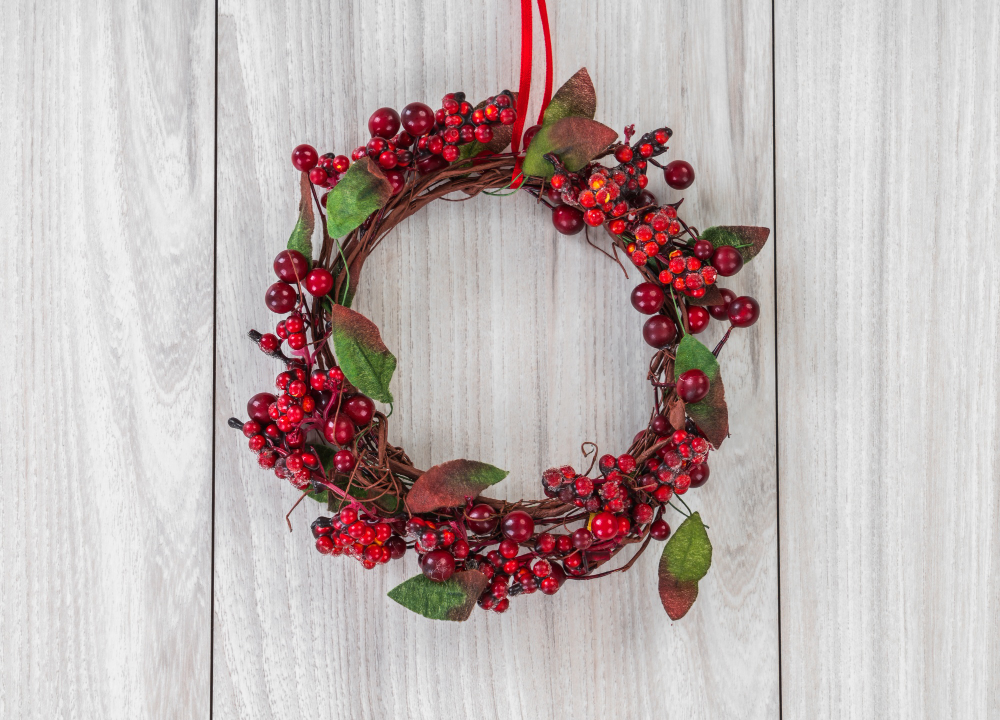
Holly and mistletoe were both powerful symbols in pagan rituals. Druids believed mistletoe had healing powers and brought peace. Holly was used to protect homes from evil spirits. These plants were considered sacred and were often used to decorate homes during midwinter festivals. Today, they remain part of Christmas decorations, with mistletoe especially linked to the custom of kissing beneath it.
5. Feasting at the Winter Solstice
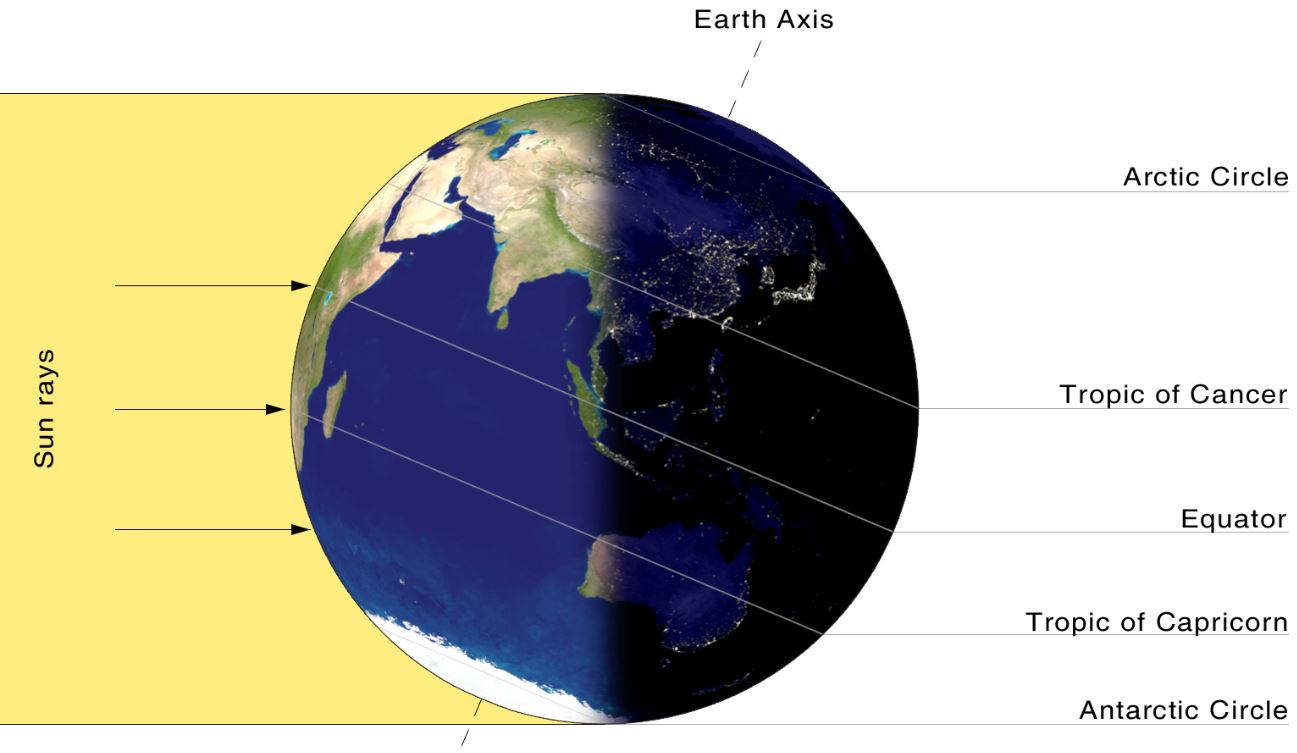
The winter solstice, the shortest day of the year, was a time for big feasts and gatherings. Ancient people celebrated the return of longer days with plenty of food and drink. In Norse culture, the festival of Yule involved roasted meats, ale, and games. This idea of gathering and feasting carried into Christmas traditions. Today, holiday meals bring family and friends together in a very similar way.
6. Gift Giving
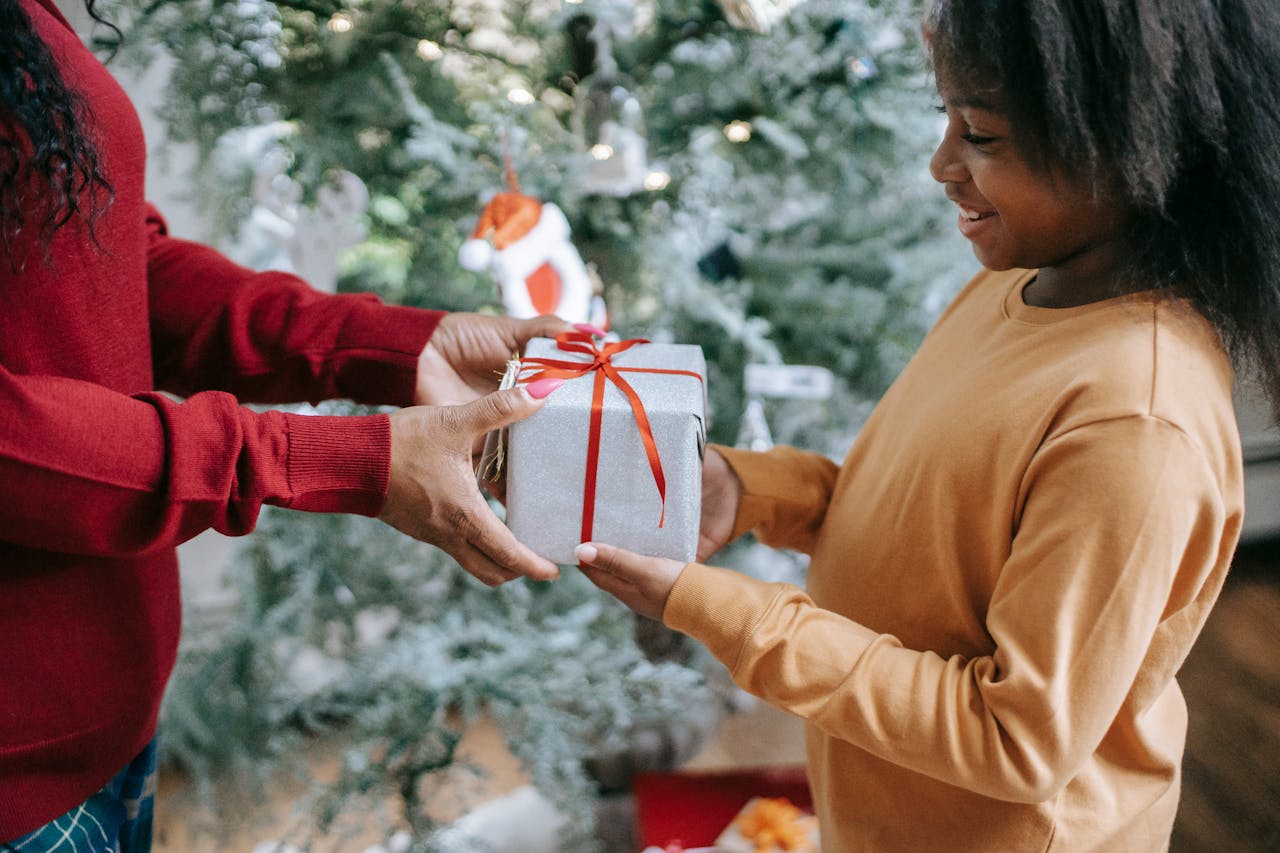
The idea of giving gifts during winter has deep roots. In ancient Rome, the festival of Saturnalia, held in December, included gift-giving between friends and family. The gifts were usually small items meant to bring joy or good fortune. Over time, this practice blended with Christian beliefs and became part of Christmas celebrations. Today’s gift exchanges echo this old custom of showing appreciation through thoughtful presents.
7. Dressing Up in Costumes
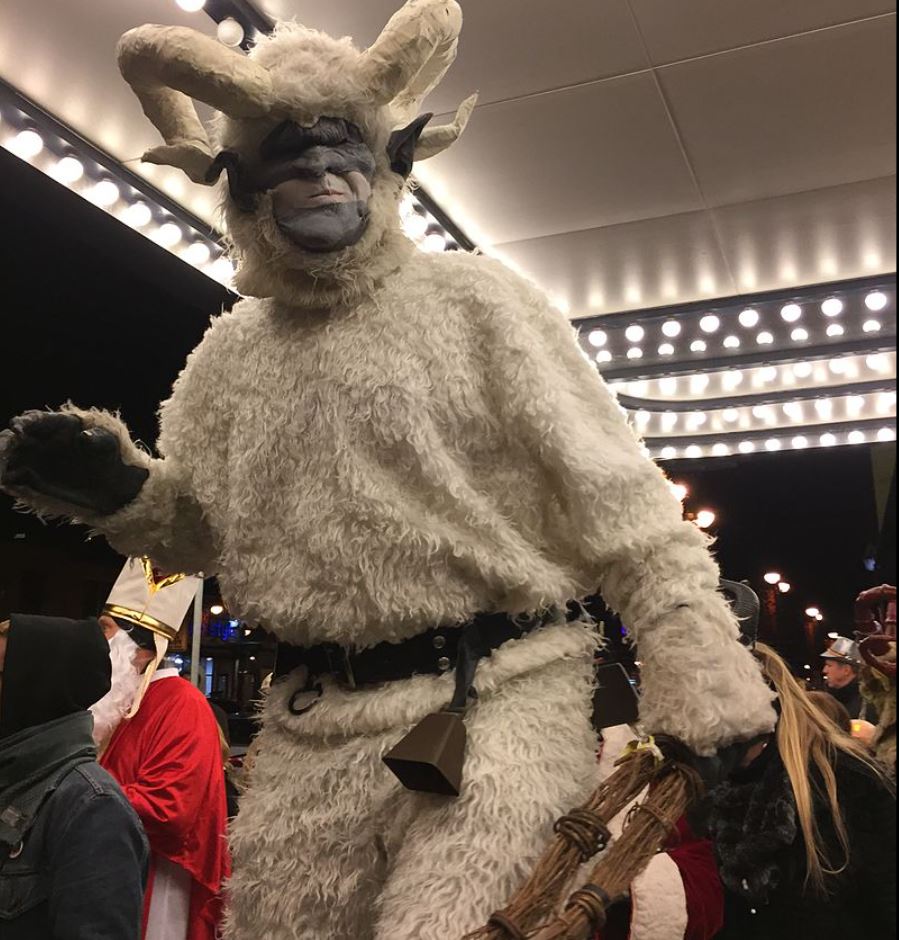
During pagan festivals like Saturnalia or Yule, people often wore costumes, masks, or animal hides. These outfits were used to celebrate, entertain, or scare away bad spirits. The tradition of dressing up during winter gatherings faded over time but still appears in some places. In parts of Europe, people dress as characters like Krampus or Father Christmas, linking back to old customs of performance and disguise.
